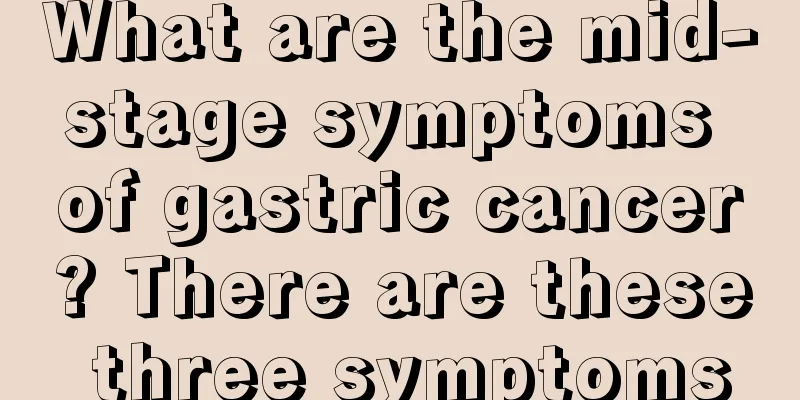What are the clinical tests for glioma

|
Glioma is a malignant tumor of the brain, which is very harmful to people's physical and mental health. Therefore, it is very important to actively check and treat brain glioma. You must go to the hospital for examination in time. Let's take a look at the clinical tests for glioma. I hope it will be helpful to patients. The first is the electroencephalogram (EEG). Affected by the infiltration of the tumor, the size of the tumor, the intracranial pressure, and the degree of cerebral edema, the brain tumor in the early stage is easy to appear once, while the deep brain tumor has little change. The main centenary line of benign oligodendroglioma and astrocytoma is the localized delta wave, while most of the multiform glioblastomas show extensive delta waves; the second is radioisotope scanning (Y-ray brain map). Tumors with fast growth and rich blood supply have high blood-brain barrier permeability and high isotope absorption rate. For example, multiform glioblastoma shows isotope concentration images, and there may be low-density areas in the middle due to necrosis and cyst formation, which need to be distinguished from metastatic tumors based on their shape and multiplicity. The concentration of more benign gliomas such as astrocytoma is lower, often slightly higher than the surrounding brain tissue, and the image is not clear, and some may be negative findings; the third is radiological examination. Including skull plain film, ventriculography, computer tomography, etc. Skull plain film can show signs of increased intracranial pressure, tumor calcification and displacement of pineal calcification. Ventriculography can show displacement of cerebral blood vessels and tumor blood vessels. These abnormal changes are different for different types of tumors in different locations, which can help locate and sometimes even determine the diagnosis. In particular, CT scanning has the greatest diagnostic value. The intravenous injection of contrast agent to enhance scanning has a positioning accuracy of almost 100%, and the accuracy of qualitative diagnosis can reach more than 90%. It can show the location, range, shape, brain tissue reaction and ventricle compression displacement of the tumor. However, it still needs to be combined with comprehensive clinical considerations to make a clear diagnosis; the last is nuclear magnetic resonance. The diagnosis of brain tumors is more accurate than CT, the image is clearer, and small tumors that CT cannot show can be found. Positron emission tomography can obtain images similar to CT, and can observe the growth and metabolism of tumors and distinguish benign and malignant tumors. The above is what the editor introduced to you about the clinical tests for glioma. I believe everyone has a certain understanding of it. Then actively cooperating with doctors to treat the disease is what patients should do most. Timely treatment may not be effective for brain tumors, but being able to control the development of the disease is also a good choice. |
<<: What are the examination methods for glioma
>>: What tests are needed for glioma
Recommend
What are the treatments for acute renal failure
Renal failure is a life-threatening disease that ...
How to prevent hamartoma
Many patients who seek medical advice do not know...
Is Chinese medicine useful for liver cancer
In the Chinese tradition, there is a deep affecti...
What are the symptoms of advanced liver cancer?
Advanced liver cancer refers to cancer cells >...
Can apricots and ice cream be eaten together
Have you ever tried eating apricots and then havi...
What should you pay attention to when getting eyebrow tattoos
Eyebrow tattooing is something that requires spec...
Which hospital is best for treating nasopharyngeal carcinoma
Nasopharyngeal cancer is prone to recurrence, so ...
How much does it cost to treat melanoma
How much does it cost to treat melanoma? This is ...
What's in the beer belly
In life, many people are particularly obsessed wi...
What is the reason for a lump in the breast?
Some female friends feel that there are lumps in ...
Why is my heart beating so fast?
The heart plays an extremely important role in ev...
Will drinking salt water help with diarrhea?
Nowadays, people are always busy with work and of...
What can you eat to make bladder cancer recur?
There is no necessary connection between the recu...
Will eating mango cause chest tightness?
Mango is a fruit that many people like to eat. Ma...
Diet to prevent colorectal cancer
First of all, a balanced diet is an important way...









